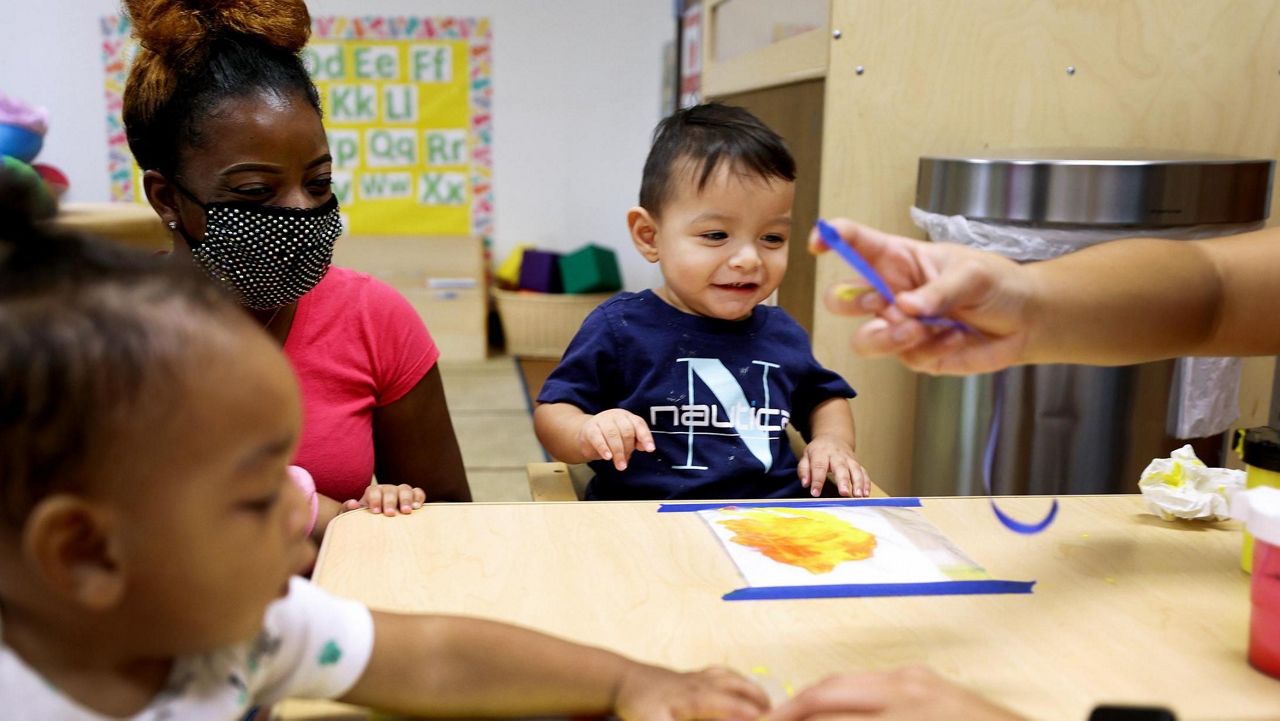Child care providers in New York are often paid with paper checks from their local social services district sent the old-fashioned way: in the mail. The system, lawmakers this year felt, was due for an upgrade.
Gov. Kathy Hochul on Wednesday approved a measure that is meant to update the payment system for child care provided to kids who are eligible to receive a subsidy by offering a direct-deposit option.
The approval of the measure, which will take effect in the next year with state officials at the Office of Children and Family Services issuing regulations, is part of a broader effort to improve access to child care in the state.
"Child care is key to our economic recovery from this pandemic, and this measure will expedite the delivery of funds to child care providers and alleviate the financial stress caused by potential delays in receiving subsidy payments," Hochul said. "We can't have a full economic comeback without boosting child care, and this legislation is another step in a series of bold initiatives I am leading to shore up child care programs statewide and to make quality, affordable child care available to all parents who need it."
Printing checks and then mailing them can add unnecessary wait times for processing payments to providers, and that can place a financial strain on people who are already living paycheck to paycheck.
The measure was sponsored by Sen. Jabari Bripost and Assemblywoman Sarah Clark.
"Far too often our child care providers work on some of the slimmest margins and we don't need to exacerbate their struggles," Clark said. "Right now providers must navigate an outdated process requiring subsidy payments to be issued in paper check form, arriving in the mail four to six weeks after submission. Our providers simply cannot afford to wait, particularly as they are also recovering from the pandemic."
Brisport has called for the eventual goal of having a universal child care system in the state.
"Child care workers are forced to navigate a patchwork system that puts a massive administrative burden on their shoulders and leaves them unsure if they can afford to keep their doors open," he said. "Creating a unified payment system that enables them to receive subsidy payments faster, without the hassle of paper checks, is an exciting first step towards addressing these underlying causes of the child care crisis."
